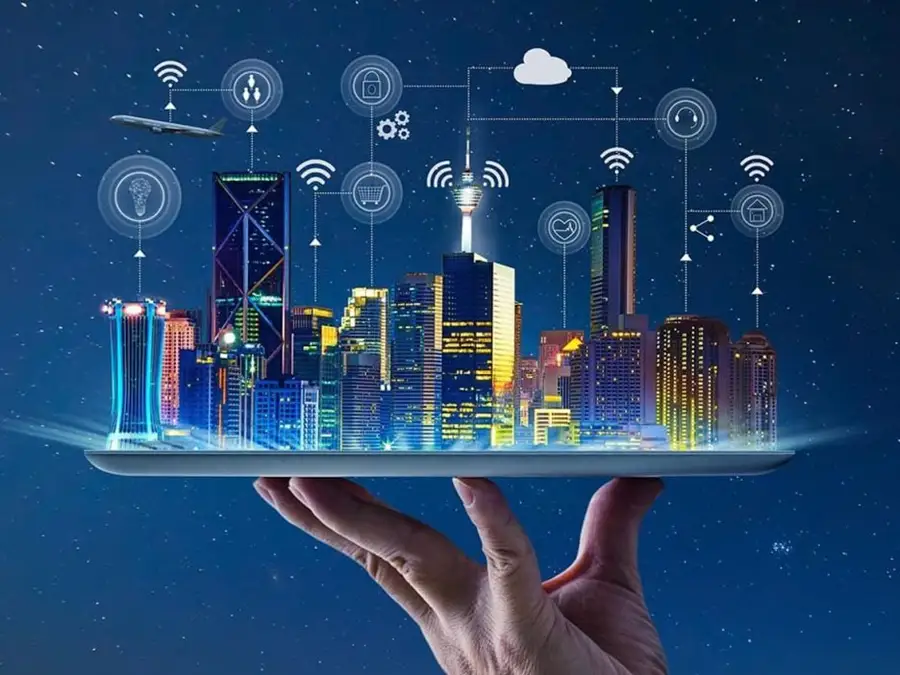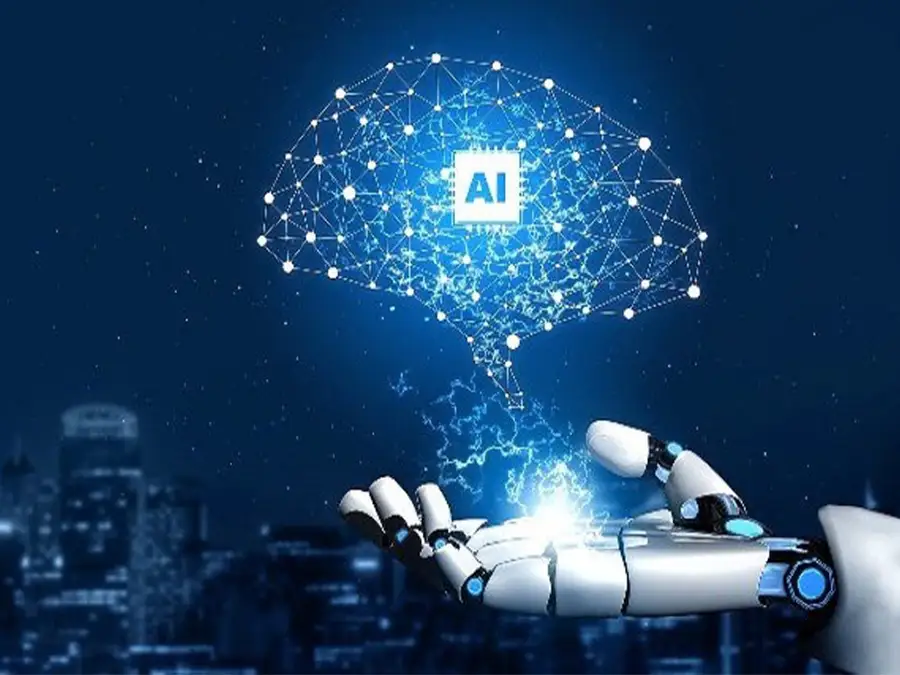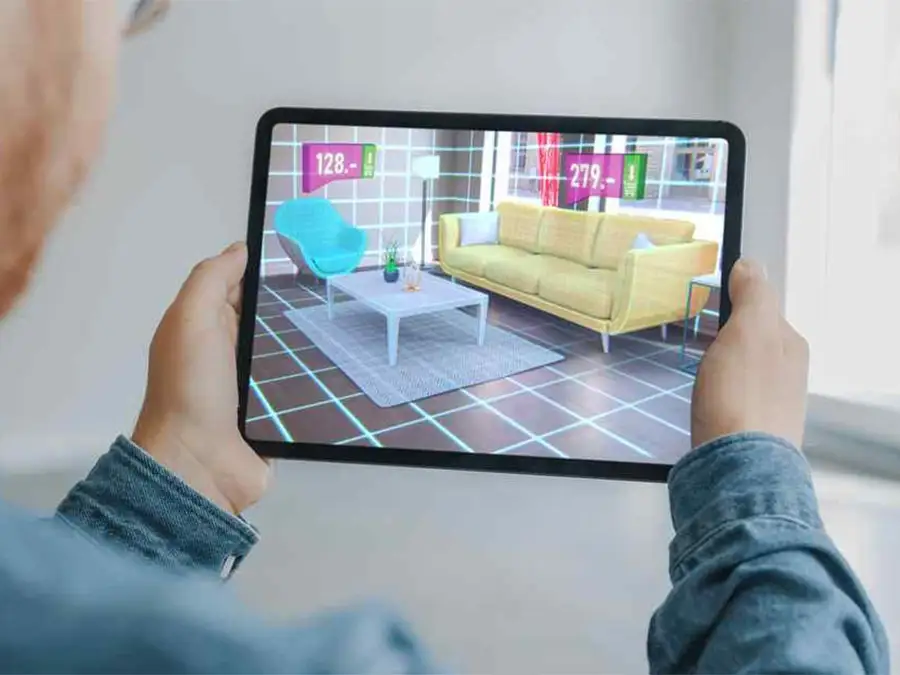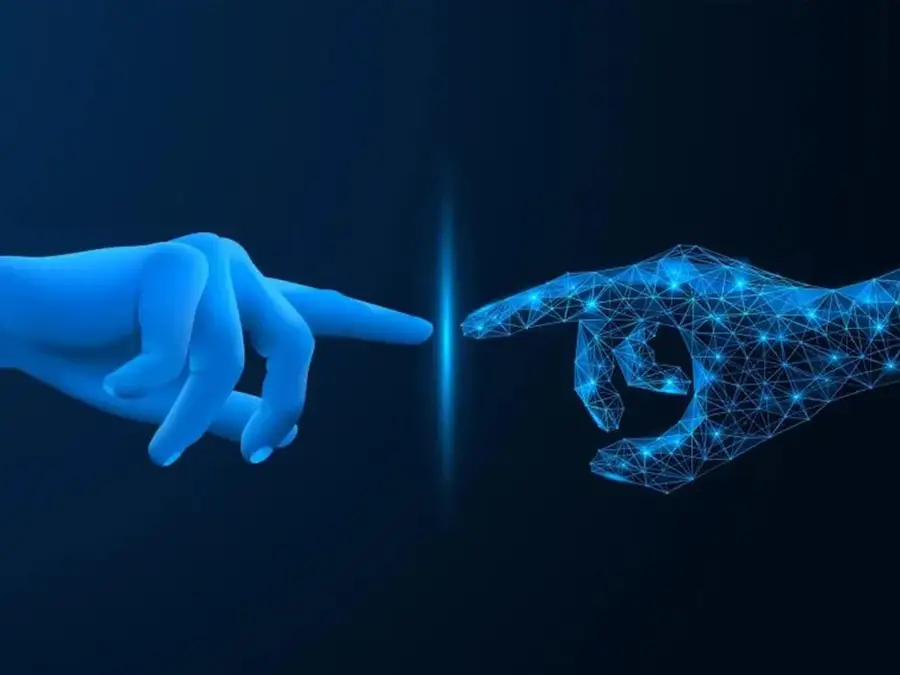Hello readers! Are you ready to explore how interior artificial intelligence is shaping up to be the ultimate tool for architects and interior designers? Well, let’s discuss a future where AI is going to play a crucial supporting role, turning our design dreams into reality with efficiency and finesse! Before we go any deeper in this discussion, let’s talk about the practical pros and cons of AI as a tool in the designer’s toolbox.
Pros:
- AI is like a turbocharged engine for design tasks. It speeds up processes, helping designers analyze vast amounts of data in record time.
- Designers can use AI to generate ideas and explore different possibilities swiftly. It’s like having a tireless brainstorming partner who never runs out of creative juice.
- When it comes to optimizing layouts and predicting potential issues, AI is the go-to tool. It aids designers in planning with precision, ensuring every detail is considered.
- With AI, designers can make informed decisions based on data analysis. It’s like having a reliable compass that guides you through the complexities of the design landscape.
- Complex forms and projects will be possible with the incorporation of AI as a tool.
Cons:
- Getting familiar with new tools can take a bit of time. Designers might need to invest effort in understanding how to integrate AI seamlessly into their workflows.
- While AI is an excellent tool, there’s a risk of people becoming overly dependent. It’s essential to strike a balance and not lose the human touch in the design process.
- Handling client data through AI tools requires attention to privacy concerns. Designers need to ensure ethical practices to safeguard client information.
Tomorrow’s Design Tool

Think of AI as the design assistant that handles repetitive tasks, allowing designers to focus on the creative aspects. It’s like having an extra pair of hands that never get tired. It continuously generates ideas and suggests variations based on parameters set by the designer. It’s like having a design brainstorming session on-demand. AI plays a pivotal role in project management by offering insights into potential roadblocks and optimizing timelines. Designers can navigate projects smoothly, ensuring efficiency from start to finish.
As we look ahead, AI isn’t stealing the spotlight; it’s a reliable tool that enhances the capabilities of designers. The future of design is about collaboration between human creativity and AI precision. So, here’s to the harmonious partnership between designers and their trusty AI tool – crafting spaces that are efficient, innovative, and tailored to perfection!
Design aspects to be considered by AI while going through the design process

Cultural influences play a significant role in shaping architectural and interior design, and the impact varies across different regions and societies. These influences are deeply rooted in history, traditions, beliefs, climate, and lifestyle. When considering the integration of AI in design as a tool, the challenge lies in ensuring that the technology understands and respects these cultural practices.
There is no denying the fact that the pace at which artificial intelligence is developing, it will consider all these factors like materials to be used, including their availability, climate, region, architectural styles, spatial utilization, building sustainability, interior design elements and color preferences as well as their impact on human psychology.
Is AI going to take over the architectural world?

The fear of AI taking over in the architecture and interior design field stems from various concerns, some of which are deeply rooted in societal, ethical, and professional considerations. One of the primary fears is that the widespread adoption of AI tools in design may lead to job displacement for designers. There’s worry that automation could potentially replace certain routine tasks, impacting employment opportunities in the industry. Design, particularly in architecture and interior design, is often seen as a deeply personal and creative process. Concerns arise that excessive reliance on AI may lead to a loss of touch, which designers bring to their projects, impacting the emotional and aesthetic aspects of design.
As AI algorithms become more sophisticated, there are concerns about the ethical use of AI in design. Questions arise about privacy, data security, and the responsible handling of such information. People worry that AI might lead to a standardization of design aesthetics. If AI algorithms rely on existing popular trends and user preferences, there’s a risk that designs could become and lack the diversity and innovation that human designers bring to the table. There’s a general concern, which is actually valid, about everyone becoming overly dependent on technology. If designers rely too heavily on AI tools, there’s a risk of diminished critical thinking and creativity, as well as a potential erosion of the essential skills that make us designers unique.
AI systems are trained on historical data, and if that data contains biases, the AI might inadvertently perpetuate those biases in design recommendations. This raises concerns about fairness, diversity, and the potential reinforcement of existing inequalities in design outcomes.
Design often involves understanding and capturing the emotions and sentiments of the users. AI, while powerful, may struggle to comprehend and integrate the emotional needs that designers can inherently grasp, potentially resulting in designs that lack a deep emotional connection. It’s crucial to note that while these concerns are valid, the widespread fear of AI completely taking over may be somewhat exaggerated.

The most effective and promising approach is likely a collaborative one, where AI tools complement and enhance the capabilities of human designers, rather than replacing them entirely. Striking a balance between AI and human creativity is essential to harness the full potential of technological advancements in the design world.
In the end, we can only say that embracing this rapid advancement of artificial intelligence is not just a choice; it’s an opportunity for transformative growth across various fields. As this technology evolves, there’s immense potential for us to harness its capabilities for our collective benefit.
The rapid evolution of AI should be seen as a catalyst for positive change. While new technologies may reshape traditional job landscapes, the acceptance of AI encourages us to adapt and prepare for the jobs of the future. Instead of fearing job displacement, this technological shift introduces new opportunities and emphasizes the need for continuous learning and skills development. By recognizing AI as a collaborative tool, we unlock its potential to enhance efficiency, foster innovation, and ultimately contribute to a more dynamic and progressive professional landscape.
You can see different blogs on our website and watch different videos about it on our YouTube channel.


